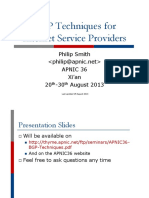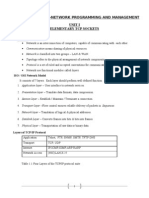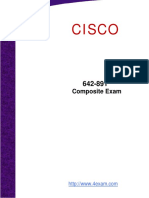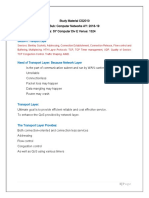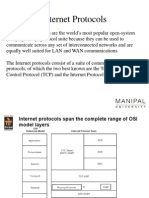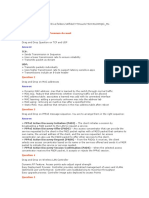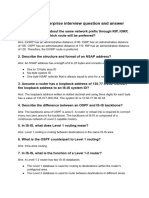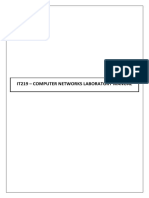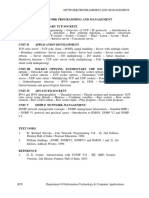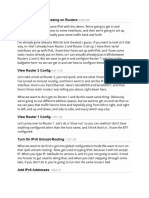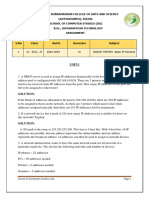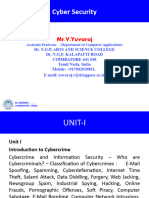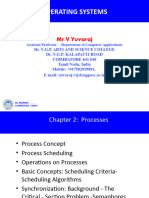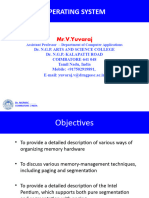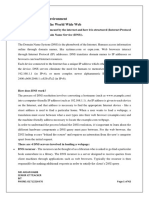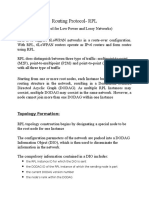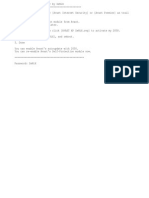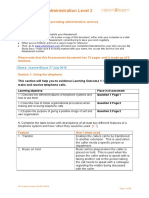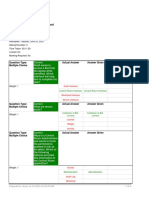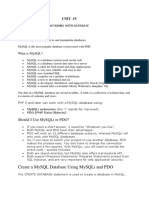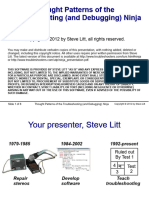0% found this document useful (0 votes)
60 views15 pagesB.Sc. IT Networking Assignment
This document provides information and assignments related to IPV-4 routing for a semester 6 networking course. It includes 5 questions as part of Assignment 1 on advertising routes with BGP and distinguishing between eBGP and iBGP. Assignment 2 includes 5 questions on PPP features, configuration, multilink PPP, and control protocols. Assignment 3 includes 5 questions on Ethernet 802.1Q headers, defining trust boundaries, DiffServ marking values, and practical QoS questions.
Uploaded by
Yuvaraj V, Assistant Professor, BCACopyright
© © All Rights Reserved
We take content rights seriously. If you suspect this is your content, claim it here.
Available Formats
Download as PDF, TXT or read online on Scribd
0% found this document useful (0 votes)
60 views15 pagesB.Sc. IT Networking Assignment
This document provides information and assignments related to IPV-4 routing for a semester 6 networking course. It includes 5 questions as part of Assignment 1 on advertising routes with BGP and distinguishing between eBGP and iBGP. Assignment 2 includes 5 questions on PPP features, configuration, multilink PPP, and control protocols. Assignment 3 includes 5 questions on Ethernet 802.1Q headers, defining trust boundaries, DiffServ marking values, and practical QoS questions.
Uploaded by
Yuvaraj V, Assistant Professor, BCACopyright
© © All Rights Reserved
We take content rights seriously. If you suspect this is your content, claim it here.
Available Formats
Download as PDF, TXT or read online on Scribd
/ 15





